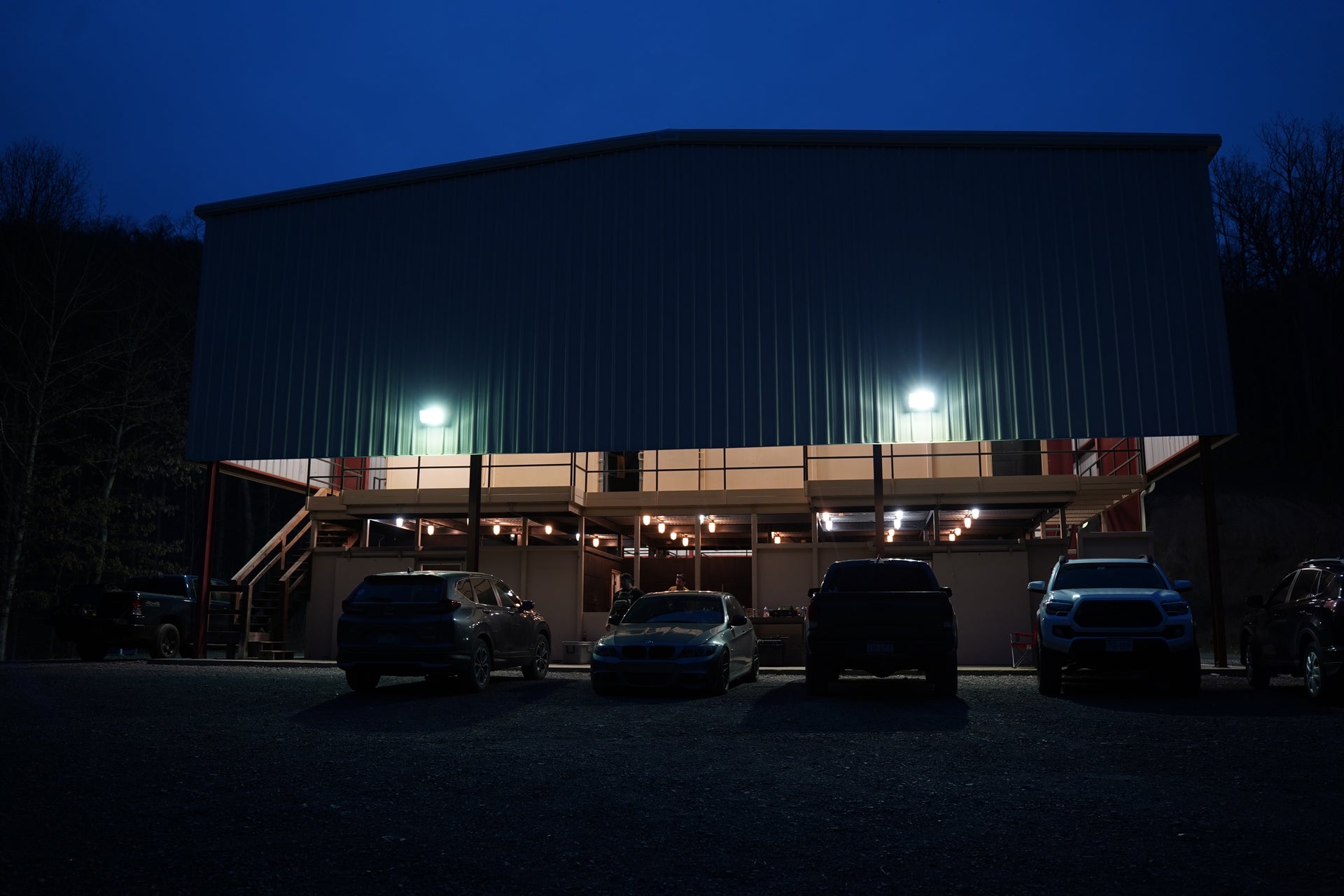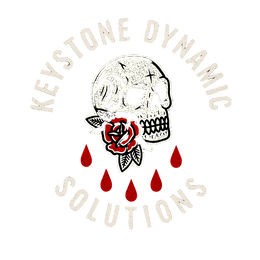K.D.S. OPFOR — Professional Adversary Training

Overview
KDS offers a professional OPFOR (opposing force) unit that replicates a highly trained, adaptive adversary for realistic, repeatable training. Our OPFOR stresses unit tactics, decision-making, communications, target recognition, and combined-arms integration across day, low-light, and night conditions. Exercises are scalable from squad to company level and may be hosted at your facility or at our Panthera site.
Purpose
Provide safe, high-fidelity adversary scenarios that expose strengths and friction points in tactics, SOPs, leadership, and command & control under realistic pressure.
Core Capabilities
-
Adaptive Adversary Doctrine — contemporary insurgent, criminal, and hybrid tactics including deception, feints, and counterattacks.
-
Day, Low-Light & NV — NVG-enabled scenarios, IR/thermal integration when permitted.
-
Modular Force Packages — scout/ambush cells, assault squads, sniper teams, vehicle-borne elements.
-
Specialized Teams — CQB breachers, urban maneuver teams, sniper/observer pairs.
-
Simulated Effects & Role-Players — training rounds, IR engagement systems, smoke/obscurants, non-lethal sim agents, and civilians/detainees.
-
After-Action Review & Metrics — objective KPIs, AAR facilitation, and video/IR playback when available.
Typical Scenarios
-
Ambush and counter-ambush
-
Night raids and NVG operations
-
Urban clearing and CQB
-
Convoy defense and route clearance
-
VBIED interdiction (simulated)
-
Hostage and high-friction civilian interaction
-
Sniper counters
Training Benefits
-
Stress-test tactics, SOPs, and command & control against a thinking, adaptive enemy
-
Improve night-fighting proficiency and NVG employment under realistic stressors
-
Validate communications, ISR integration, and inter-team coordination
-
Identify leadership decision points and friction under complex scenarios
-
Provide actionable after-action reviews and repeatable training cycles
Logistics & Support
-
Deployment Options — KDS can deploy OPFOR to your location, or you may host training at Panthera.
-
Scale & Minimums — Teams are modular; force size and minimums are proposal-dependent and matched to your objectives.
-
Host Requirements — Site access, target/barricade availability, power for NV/IR systems (if hosted), and any site-specific safety documentation.
-
Equipment — KDS provides OPFOR kit, sim systems, and instructors. Clients provide weapons and PPE unless otherwise agreed.
-
Medical — On-site medic provided by KDS or client depending on mission profile.
-
Scheduling — Day, low-light, and night evolutions available. Night-phase planning recommended 48–72 hours in advance.
-
Costing — Price varies by scope (force size, days, travel, simulation effects). Line-item quotes provided after scope confirmation.
Outcomes & Deliverables
-
Scenario briefs and training intent for each evolution
-
Objective after-action reviews with key performance indicators
-
Video/IR playback and annotated training notes when available
-
Recommendations for tactics, training focus, and follow-on exercises
Next Steps
If interested, provide:
-
Desired training dates and duration (single day or multi-day)
-
Unit size and training objectives (e.g., night convoy defense, urban CQB, sniper countermeasures)
-
Site details (facility/range or indicate Panthera)
-
Any site constraints or special requirements

